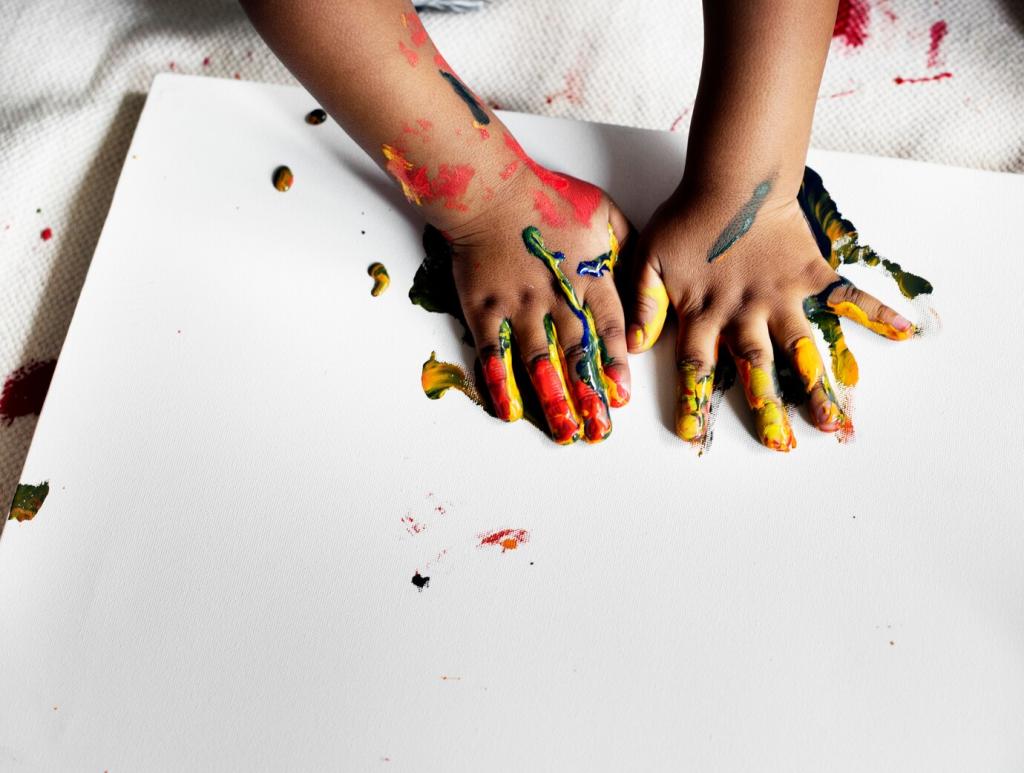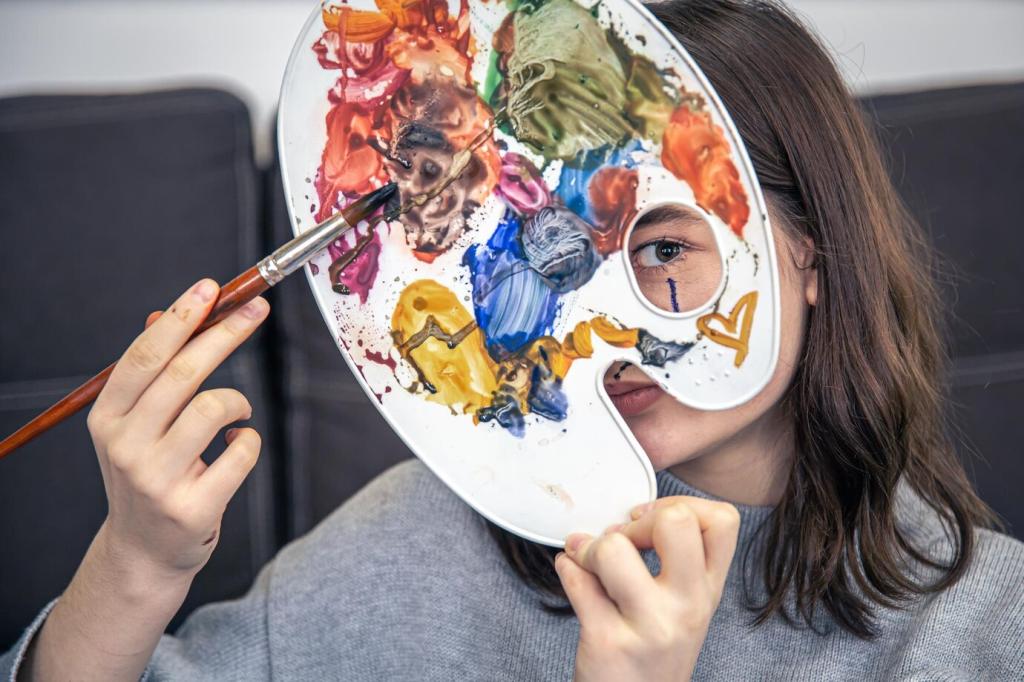A Brief Journey Through Photography Styles by Light
Pictorialists diffused light for painterly romance; Modernists chased crisp shadows and geometric form. Recreate both in one afternoon using gauze diffusion, then hard light at noon. Share your comparisons and insights about clarity versus dreaminess.
A Brief Journey Through Photography Styles by Light
Street photos thrive on opportunistic light: neon, storefront spill, bus stop fluorescents, dappled trees. Anticipate transitions, pre-focus, and let contrast narrate a scene. Comment with your favorite corner where light changes everything each evening.





